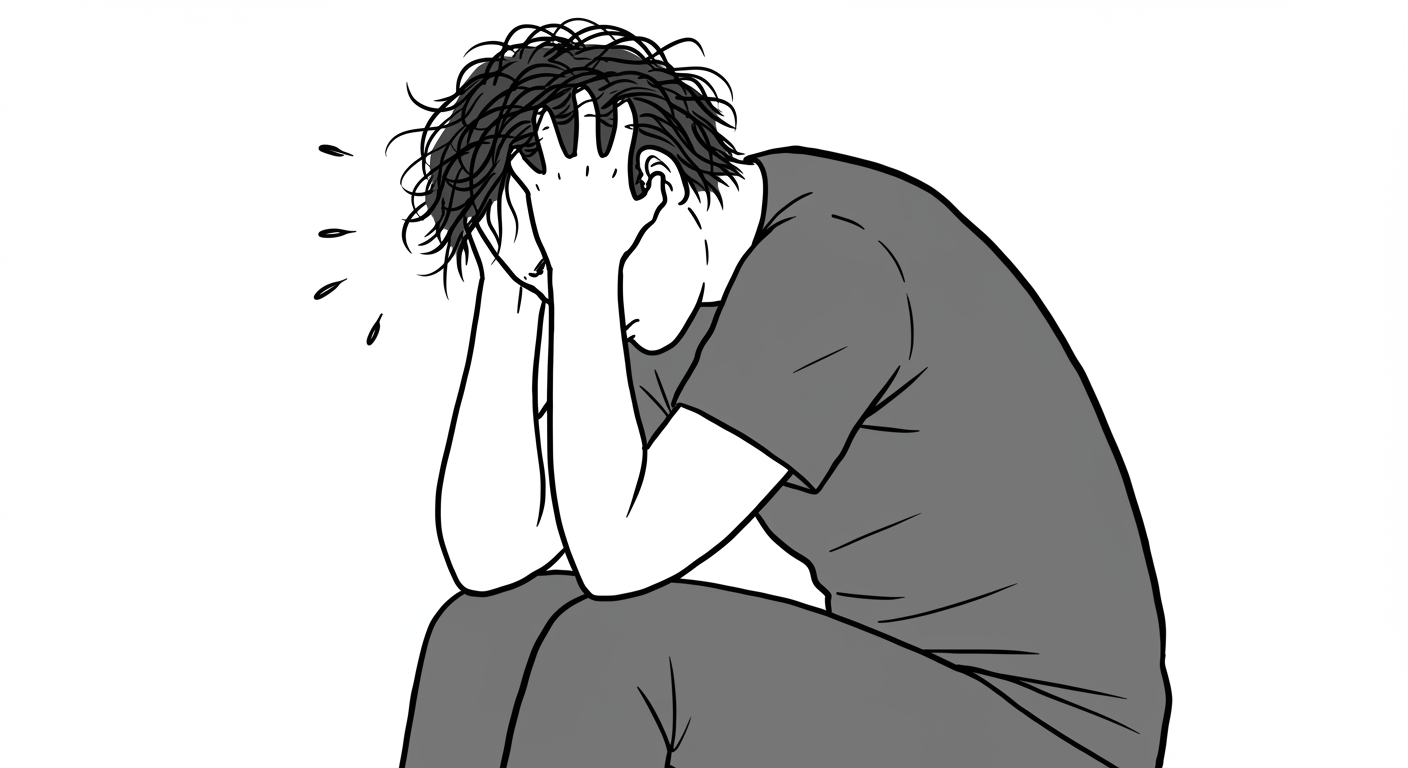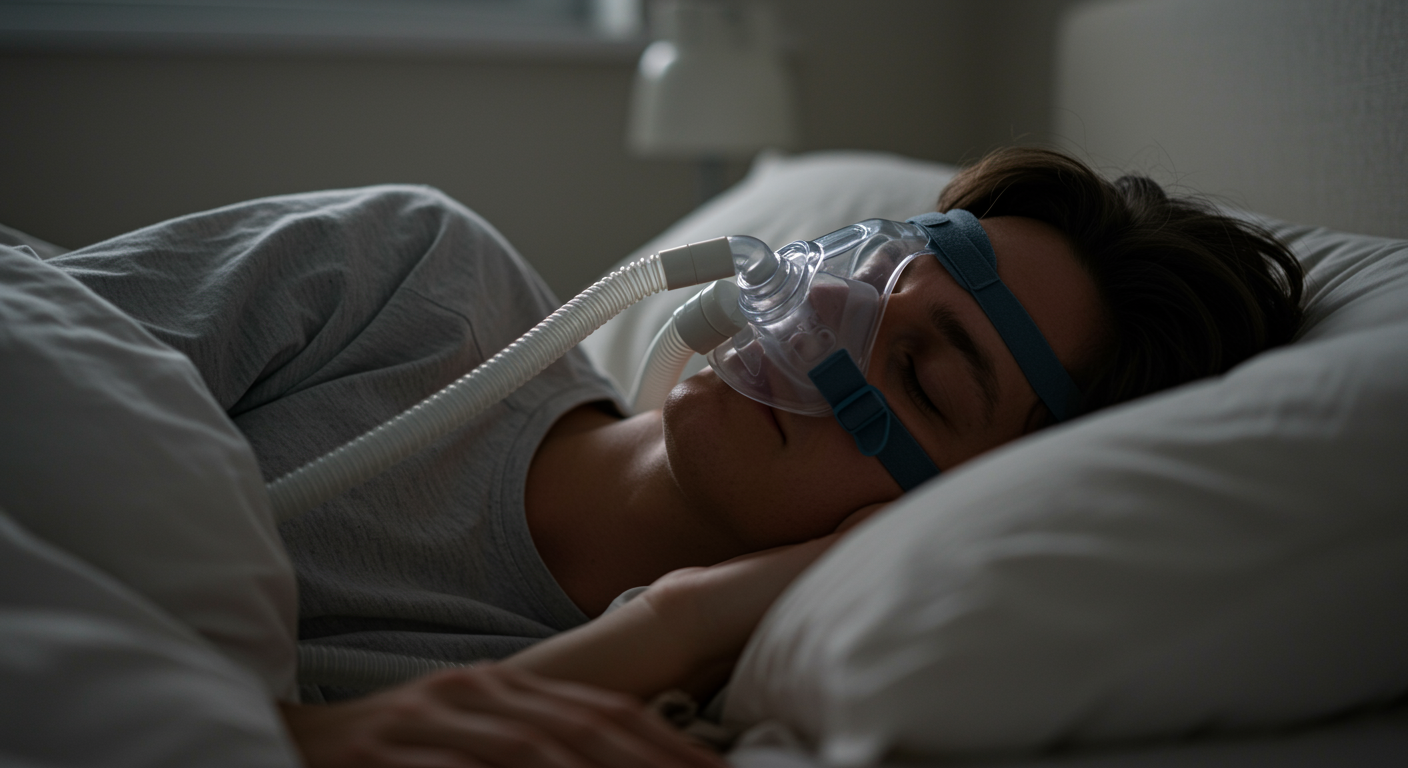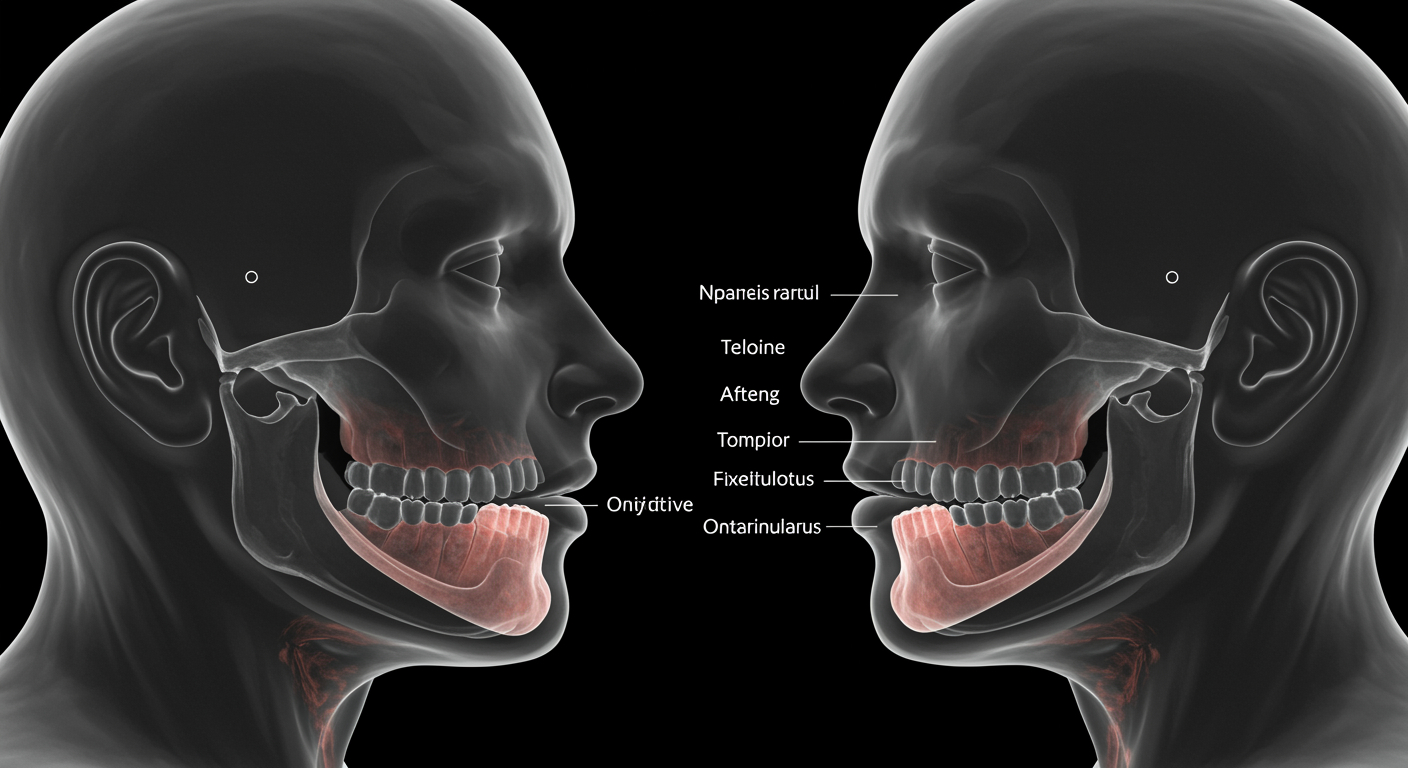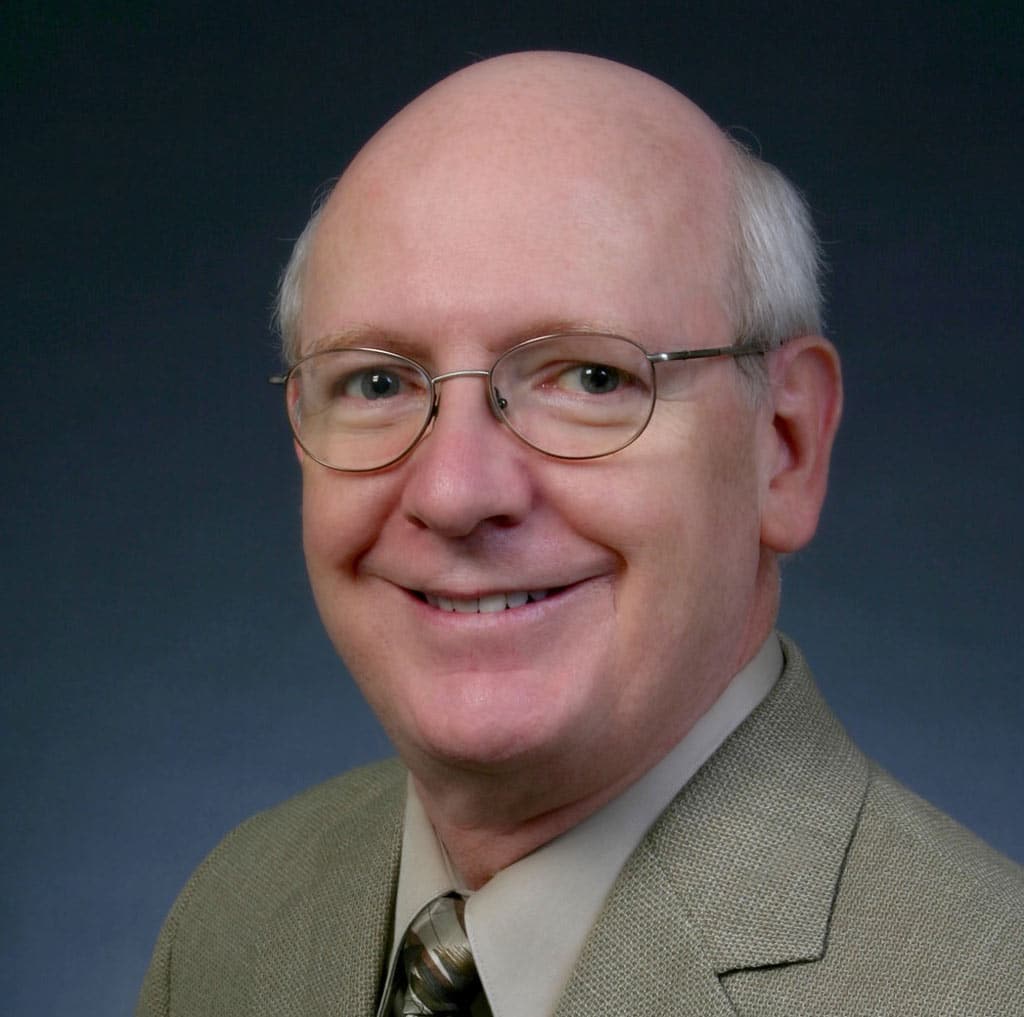Sleep apnea isn’t just about loud snoring or disrupted sleep; it’s a serious health condition that can take a significant toll on your quality of life. From fatigue and difficulty concentrating to increased risks of cardiovascular problems, the impact of sleep apnea goes beyond the bedroom. If traditional treatments like CPAP machines and lifestyle changes haven’t worked for you, you may be wondering if surgery is the answer.
This blog dives into the surgical options for sleep apnea, who is a suitable candidate, what the recovery process looks like, and more. If you’re considering surgery or simply exploring treatment options, this is your guide to making an informed decision.
Understanding Sleep Apnea
Before discussing surgical solutions, it’s important to understand what sleep apnea is and its different types. Sleep apnea occurs when breathing repeatedly stops and starts during sleep. Here are the three main forms:
1. Obstructive Sleep Apnea (OSA)
OSA is the most common type and happens when the muscles in your throat relax too much, causing a blockage in your airway. Factors like obesity, large tonsils, or a narrow airway often contribute to OSA.
2. Central Sleep Apnea (CSA)
Unlike OSA, CSA is caused not by airway blockages but by the brain failing to send proper signals to the muscles controlling your breathing. This can often be linked to medical conditions like heart failure or neurological disorders.
3. Mixed or Complex Sleep Apnea
This type is a combination of OSA and CSA, requiring a multifaceted approach to treatment.
Understanding the type of sleep apnea you have is crucial because it will guide which treatment options, including surgery, are most appropriate for you.
Non-Surgical Treatments for Sleep Apnea
Surgery isn’t usually the first course of action for sleep apnea. Many individuals find relief through non-surgical options. Here are the most common:
- CPAP Therapy (Continuous Positive Airway Pressure): A CPAP machine is the gold standard for treating OSA. It uses a mask to deliver a continuous stream of air, keeping your airway open during sleep.
- **Lifestyle Changes**: Losing weight, quitting smoking, or adjusting your sleep position can often provide significant relief. – **Oral Appliances**: Custom devices can reposition the jaw or tongue to help maintain an open airway.
While these treatments are effective for many people, they aren’t a perfect fit for everyone. For those who struggle with compliance or don’t find these treatments effective, surgery may become a viable option.
Surgical Options for Sleep Apnea
If non-surgical treatments fail to manage your condition, surgical solutions may be your next step. Here’s a look at the most common procedures:
1. Uvulopalatopharyngoplasty (UPPP)
UPPP is one of the most common surgeries for obstructive sleep apnea. It involves removing excess tissue from the back of your throat, such as your uvula (the small tissue hanging down at the back of your mouth) and parts of the soft palate, to widen your airway.
- Ideal For: Patients with mild to moderate OSA caused by excess tissue in the throat.
- Considerations: It has a moderate success rate and is often recommended in combination with other treatments.
2. Maxillomandibular Advancement (MMA)
MMA is a more complex procedure that repositions your upper and lower jaw forward to expand the space behind your tongue and soft palate, creating a larger airway.
- Ideal For: Individuals with severe OSA or structural jaw issues contributing to airway blockage.
- Considerations: MMA is highly effective but involves a longer recovery period due to the invasive nature of the surgery.
3. Genioglossus Advancement
This procedure focuses on tightening the attachment of the tongue to prevent it from collapsing backward and obstructing your airway during sleep.
- Ideal For: Patients whose OSA is primarily caused by the tongue blocking the airway.
- Considerations: Genioglossus advancement is often combined with other surgical procedures for optimal results.
4. Tracheostomy
Tracheostomy creates a direct airway through your neck into your windpipe (trachea), bypassing obstructions entirely. While effective, it’s typically reserved for life-threatening cases or when other treatments have failed.
- Ideal For: Patients with severe sleep apnea who have not responded to other interventions.
- Considerations: Due to its invasive nature, it’s typically a last-resort option.
Who is a Candidate for Sleep Apnea Surgery?
Not everyone with sleep apnea is an ideal candidate for surgery. Determining whether surgical intervention is suitable depends on several factors:
- Severity of Sleep Apnea: Surgery is usually considered for moderate to severe cases or when non-surgical treatments have been unsuccessful.
- Type of Sleep Apnea: Most surgical options are focused on OSA rather than CSA or mixed sleep apnea.
- Anatomy: Structural issues, such as oversized tonsils, a deviated septum, or a receding jawline, may influence the decision.
- Overall Health: Good general health is important to reduce surgery risks and ensure a smooth recovery process.
A thorough consultation with a sleep specialist and surgeon is essential to determine the most effective treatment plan.
Risks and Complications of Sleep Apnea Surgery
Like any medical procedure, surgery for sleep apnea comes with risks and potential complications:
- Pain or discomfort during recovery
- Swelling and difficulty swallowing
- Potential infection or bleeding
- Voice changes or difficulty speaking
- The possibility that the surgery is only partially effective or doesn’t resolve sleep apnea completely
Discuss these risks thoroughly with your healthcare provider before proceeding.
Recovery Process After Surgery
The recovery process depends on the type of surgery you undergo:
- After simpler procedures like UPPP, you may experience a sore throat and mild swelling for a week or two.
- More invasive surgeries, such as MMA, involve longer recovery periods, typically several weeks to months, and may require dietary adjustments and physical therapy.
- Regular follow-ups with your doctor are crucial to monitor your progress and address any issues that arise.
Patience is key, as seeing the full benefits of surgery can take some time.
Alternative Solutions and Emerging Treatments
If surgery doesn’t feel like the right solution, there are alternative and emerging treatments worth exploring:
- Combination Therapies: Combining CPAP therapy with surgery or oral appliances can optimize outcomes.
- Hypoglossal Nerve Stimulation: A relatively new treatment option, this involves an implantable device that stimulates the nerve controlling tongue movement to prevent airway obstruction.
- Weight Loss Surgery: For individuals with obesity, bariatric surgery can significantly reduce or eliminate OSA symptoms.
These options underline the importance of consulting a specialist to craft a treatment plan tailored to your needs.
Finding the Best Path Forward
Surgical options for sleep apnea offer hope for individuals who haven’t found success with traditional treatments. From UPPP to innovative solutions like hypoglossal nerve stimulation, advancements in medicine are making it easier for sleep apnea sufferers to find relief.
However, surgery isn’t a one-size-fits-all solution. It’s important to consult with an experienced sleep specialist to evaluate your condition, discuss risks, and decide on the best course of action.
If you’re ready to take the next step, start by scheduling a consultation with your sleep care provider. A better night’s sleep might be closer than you think.





